
Haeinsa Buddhist temple, South Korea Stock Photo Alamy
The Temple of Haeinsa, on Mount Gaya, is home to the Tripitaka Koreana, the most complete collection of Buddhist texts, engraved on 80,000 woodblocks between 1237 and 1248.The buildings of Janggyeong Panjeon, which date from the 15th century, were constructed to house the woodblocks, which are also revered as exceptional works of art.

Daegu & Haeinsa Temple · Train to Kitezh
Haeinsa Temple Janggyeong Panjeon, the Depositories for the Tripitaka Koreana Woodblocks. The Temple of Haeinsa, on Mount Gaya, is home to the Tripitaka Koreana, the most complete collection of Buddhist texts, engraved on 80,000 woodblocks between 1237 and 1248.The buildings of Janggyeong Panjeon, which date from the 15th century, were constructed to house the woodblocks, which are also.
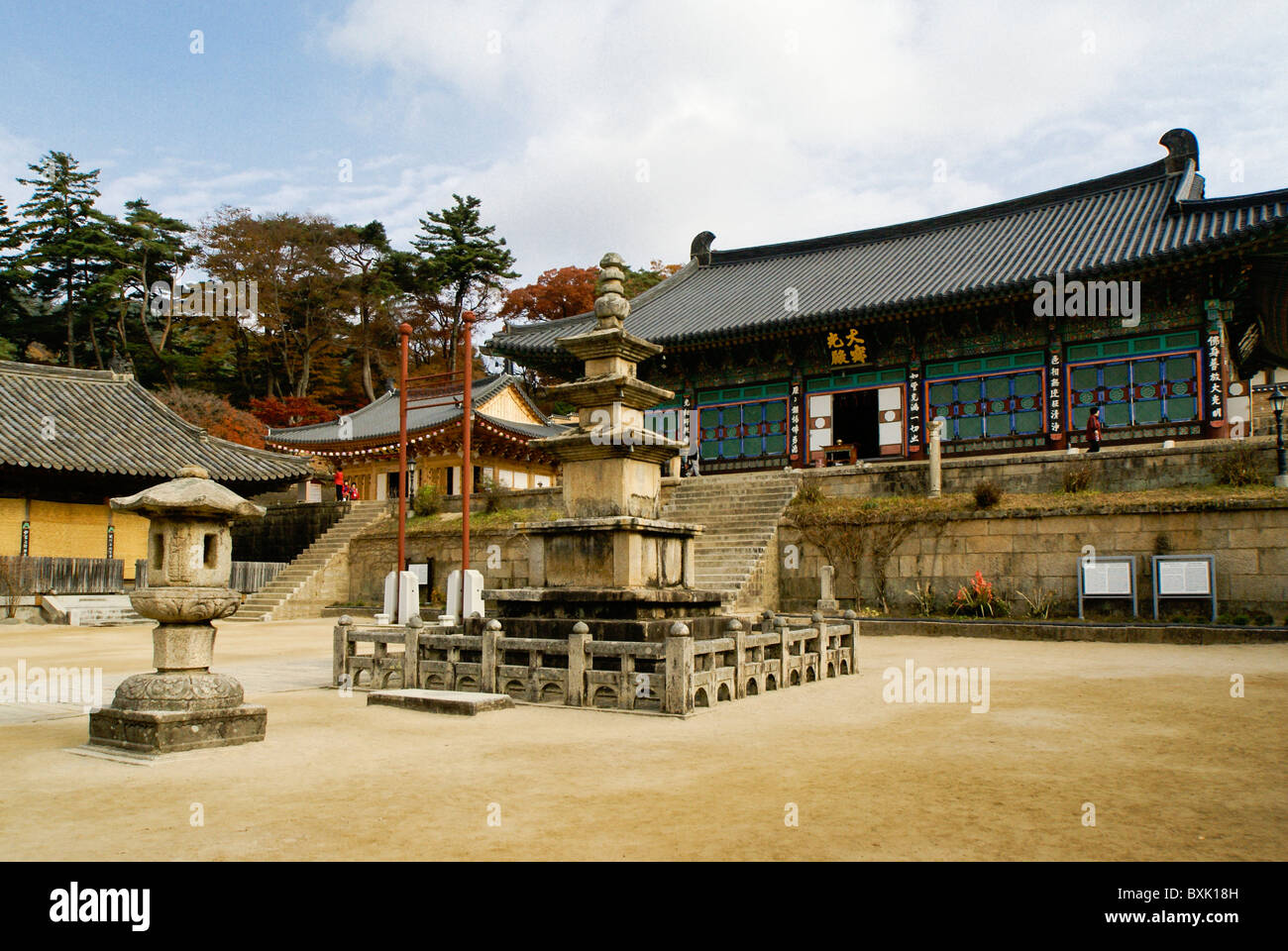
Haeinsa Buddhist temple, South Korea Stock Photo Alamy
Temple Layout. Haeinsa Temple is located in Hapcheon, Gyeongsangnam-do in a remote valley under the steep slopes of Mt. Gayasan (1,430 m). Additionally, Haeinsa Temple is located in Gayasan National Park, which was established in 1972.. As you first make your way up the trail towards Haeinsa Temple, you'll be joined by the beautiful Gaya River.
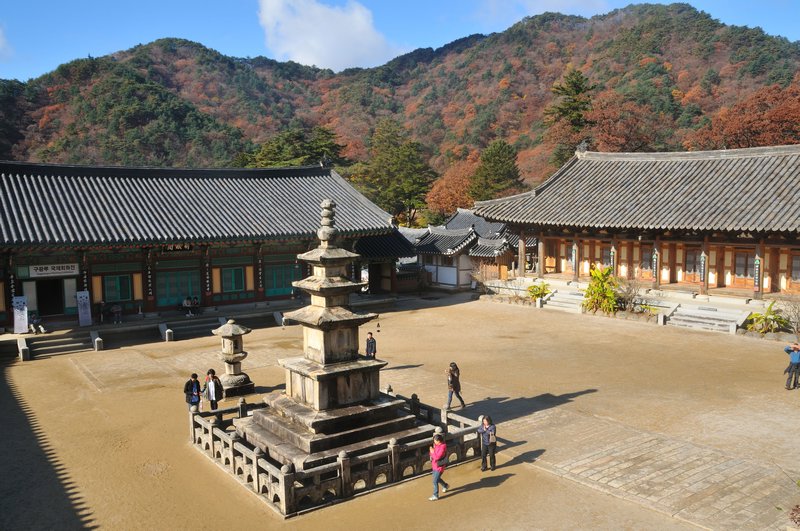
Haeinsa Temple, near Daegu, South Korea Photo
35°48′N 128°6′EHaeinsa is a Buddhist temple in Gayasan National Park, South Gyeongsang Province, South Korea. It is the head temple of the Jogye Order of Korean Seon Buddhism. Haeinsa is most notable for being the home of the Tripitaka Koreana, the whole of the Buddhist Scriptures carved onto 81,350 wooden printing blocks, which it has housed since 1398.

Haeinsa Temple and Tripitaka Koreana Gina Bear's Blog
Haeinsa (Korean: 해인사) is a Buddhist temple in Gayasan National Park, South Gyeongsang Province, South It is the head temple of the Jogye Order of Korean Seon Buddhism.Haeinsa is most notable for being the home of the Tripitaka Koreana, the whole of the Buddhist Scriptures carved onto 81,350 wooden printing blocks, which it has housed since 1398.
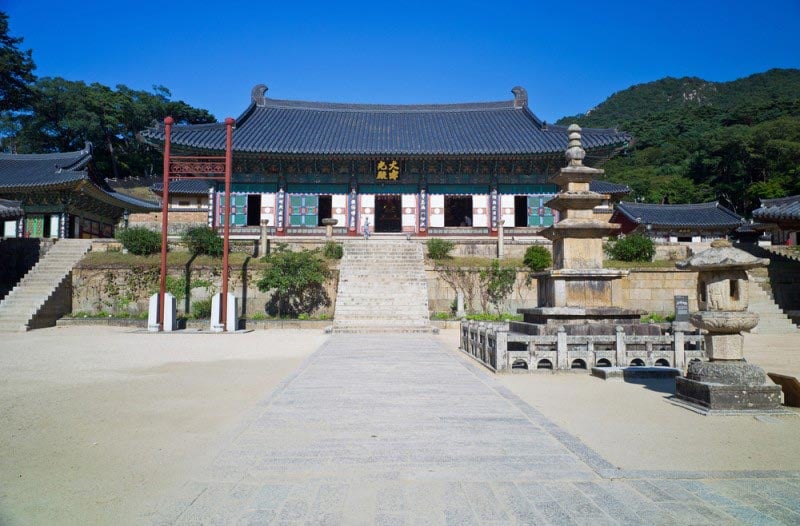
Haeinsa Temple, South Korea Facts and Travel Info
A visit to Haeinsa Temple in South Korea is both a walk in a park and a cultural experience. The mountains and valleys of Gayasan National Park make a splendid back drop for the temple. Mount Gaya has long been considered a sacred site of Buddhism and is home to several temples not just Haeinsa. There are also Buddhist hermitages, stone statues and historical sites of Buddhist traditions.
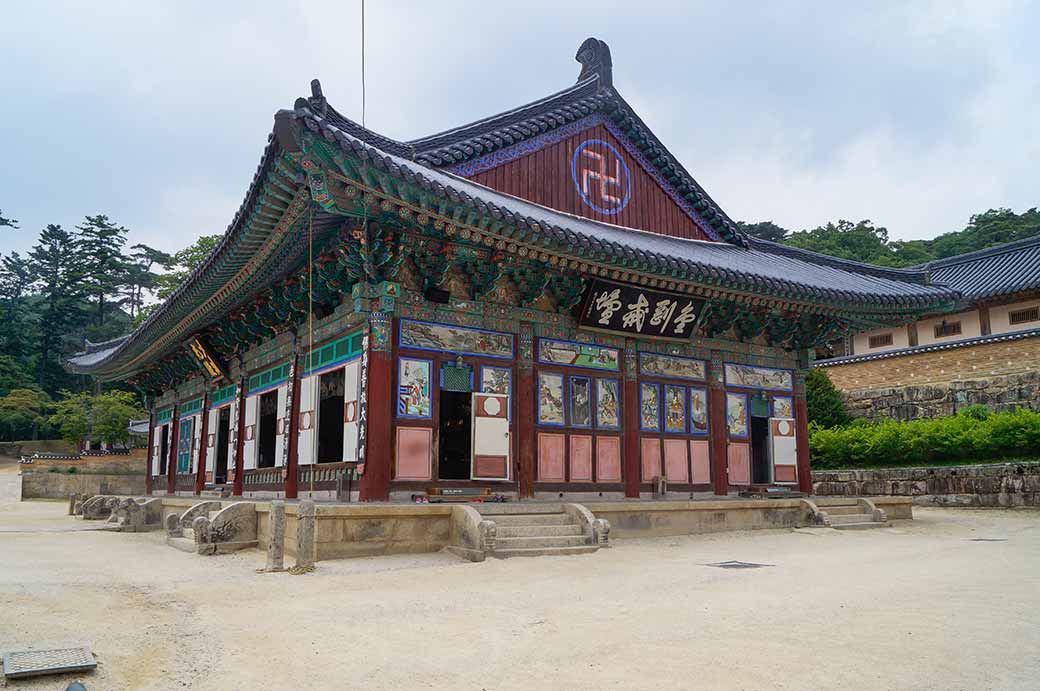
Daejokgwangjeon Haeinsa Temple South Gyeongsang Province Korea
Haeinsa Temple is in the mountains towards the south of the country, about 90 kilometres east of Jeonju and 45 kilometres west of Daegu. The official address is 122 Haeinsa-gil, Gaya-myeon, Hapcheon-gun, Gyeongsangnam-do, South Korea. You can see it on a map here.
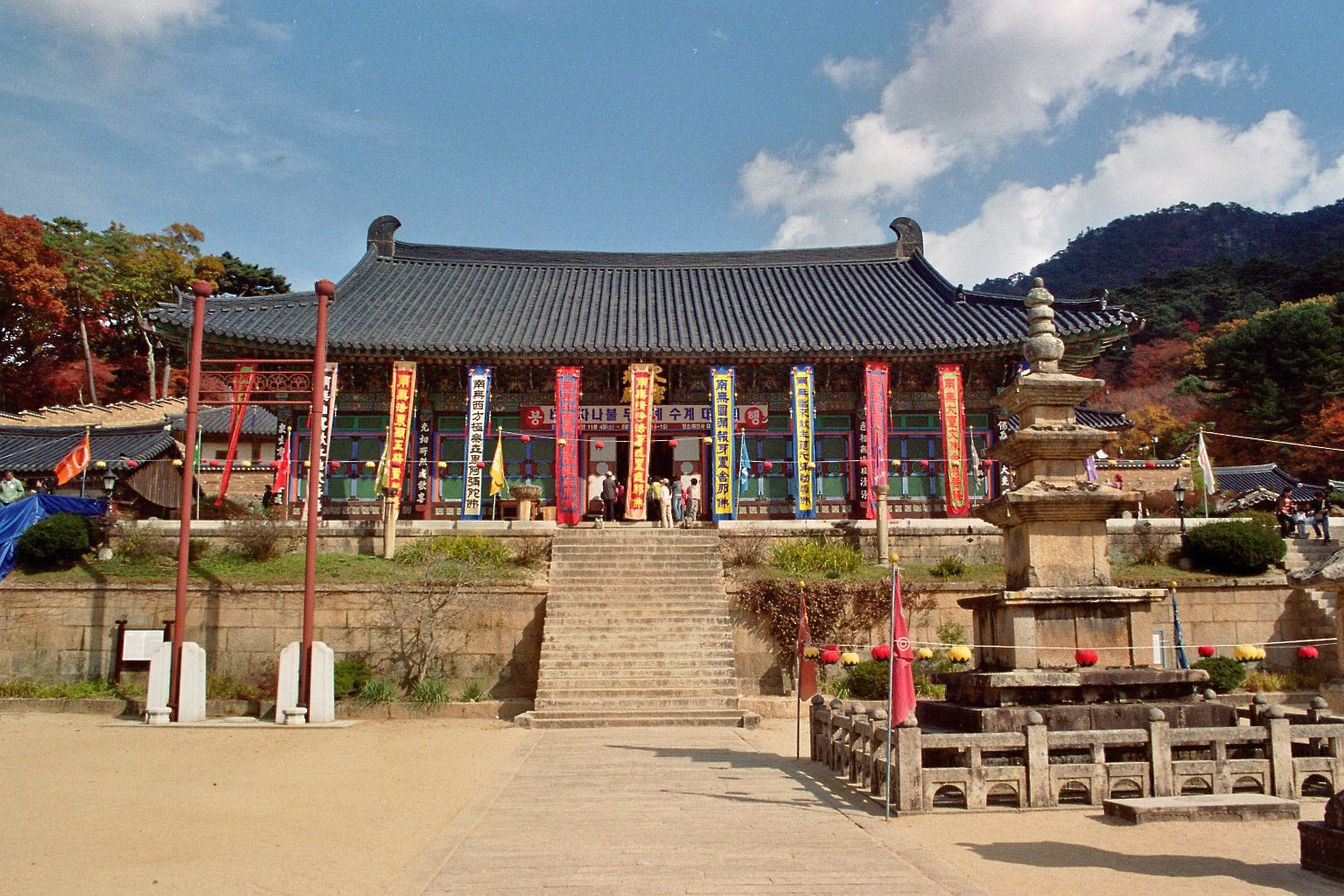
Tempel van HaeinsaJanggyeong Panjeon, bewaarplaats houtblokken
Tripitaka Koreana. In the penultimate episode of Asia Society Korea's UNESCO World Heritage Series, we visited Haeinsa Temple, a site that has been on the heritage list since 1995. Located within Gayasan National Park, the temple, which was built in 802 AD, is regarded as one of Korea's three major Buddhist temples along with Tongdosa and.
.jpg)
Haeinsa Temple by Day 10 Pictures in Pohang
To me, the visit to the temple of Haeinsa was the highlight of my visit to South Korea. We stayed in Korea for 9 days. we dedicated the last day to visit the Temple of Haeinsa. We were at the Park Hyatt in Busan. We took a taxi to the train station (30 minutes) and from there, we took the train to Daegu (45 minutes).
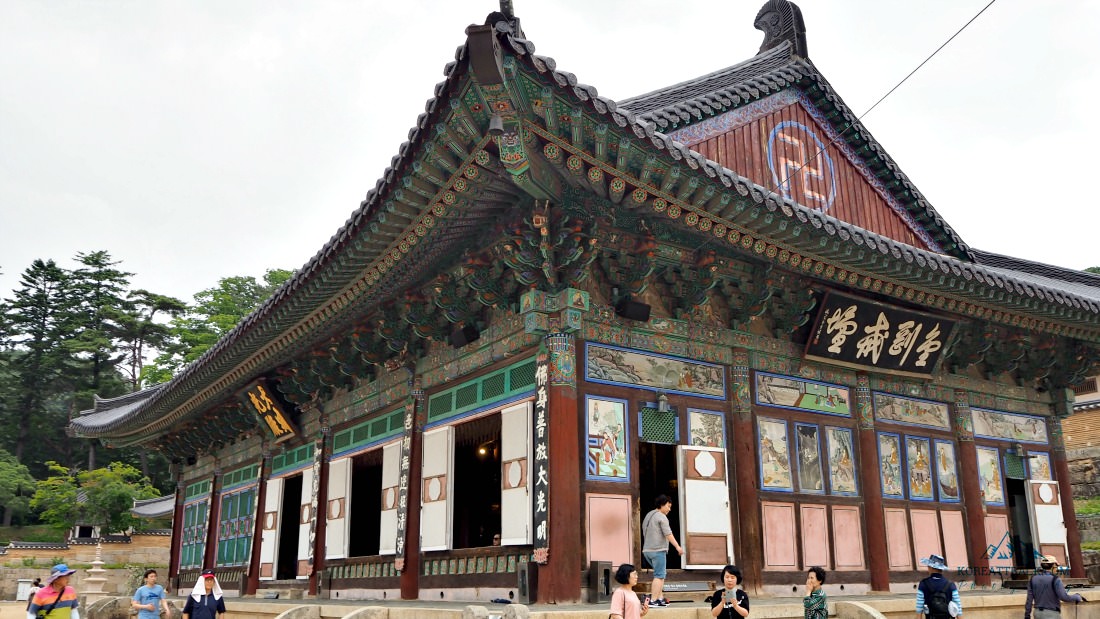
Serene Haeinsa Temple in Gayasan Mountain
Haeinsa Temple, South Korea. Haeinsa ( 해인사, "Reflections on a Smooth Sea") is an important Buddhist temple on Gaya Mountain in Gyeongsang province, South Korea. Founded in the 9th century and rebuilt in the 19th century, it is best known for its complete copy of the Buddhist scriptures, the Tripitaka Koreana. advertisement.

Haeinsa Temple Hapcheongun, South Korea WorldStrides
Haeinsa Temple, located in the serene mountains of Gaya-san National Park in South Korea, is one of the country's most renowned Buddhist temples. It holds immense historical and cultural significance as one of the Three Jewels Temples of Korea, along with Tongdosa and Songgwangsa.
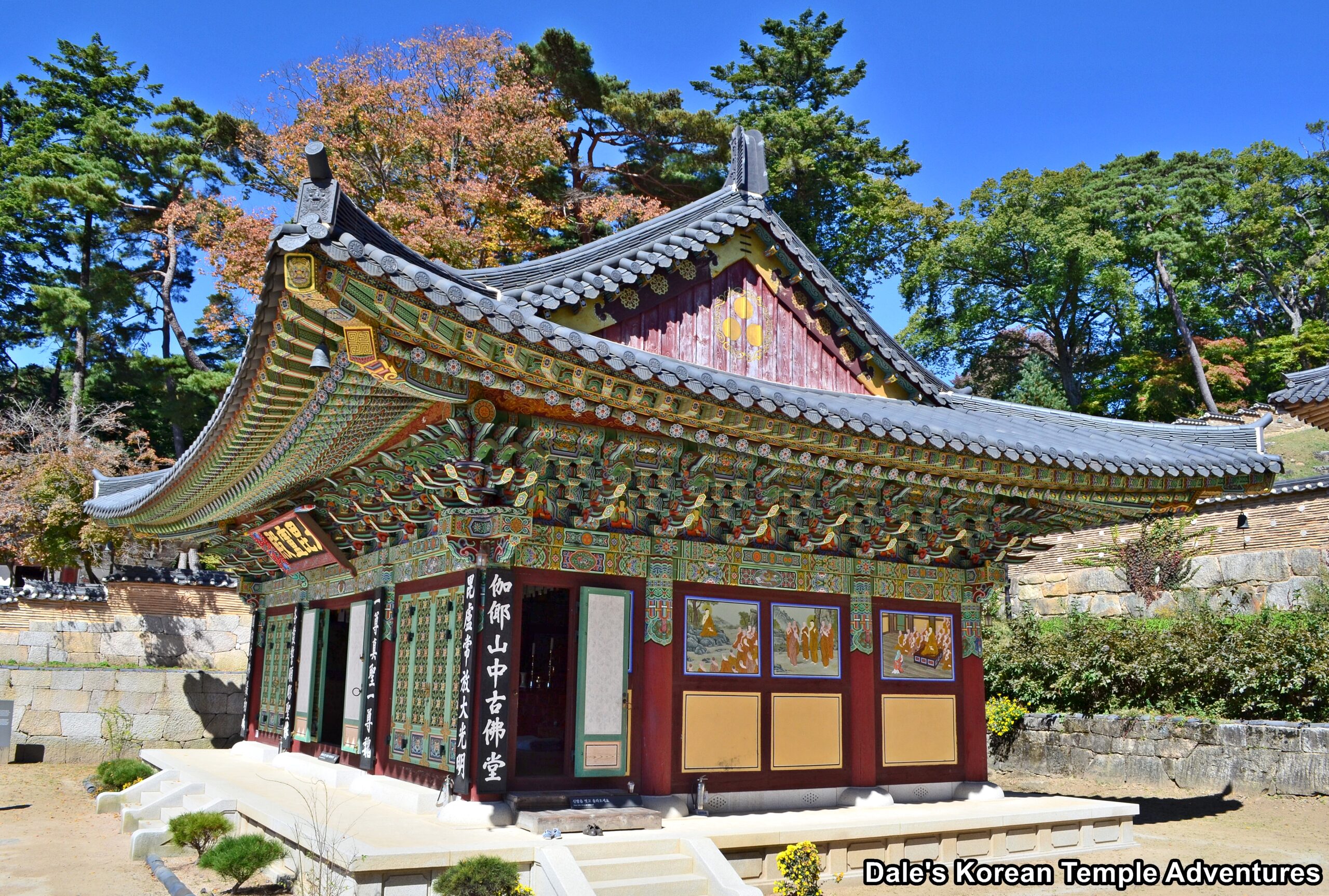
Haeinsa Temple 해인사 (Hapcheon, Gyeongsangnamdo) Dale's Korean
Temple Information 'Haeinsa'. Address : Hapcheon-gun Gyeongsangnam-do132-39, Haeinsa-gil, Chiin-ri, Gaya-myeon. Tel : Tel : +82-10-4763-3161 / Fax : +82-55-934-3010. E-mail : [email protected]. Templestay is a unique cultural program which lets you experience the life of Buddhist practitioners at traditional temples which preserve the.

Haeinsa Temple A Buddhist Jewel in South Korea Valery Collins
The Temple of Haeinsa, on Mount Gaya, is home to the Tripitaka Koreana, the most complete collection of Buddhist texts, engraved on 80,000 woodblocks between 1237 and 1248. The buildings of Janggyeong Pangeon, which date from the 15th century, were constructed to house the woodblocks, which are also revered as exceptional works of art. As the oldest depository of the Tripitaka, they reveal an.

Beautiful Haeinsa Temple Exterior, South Korea. Stock Photo Image of
Description. Haeinsa is one of the Three Jewel Temples of Korea, and represents Dharma or the Buddha's teachings. Located on Gayasan (Gaya) Mountain in South Gyeongsang Province, Haeinsa serves as the head temple of the 12th Diocese of the Korean Buddhist Jogye Order, the largest Buddhist sect in the country.
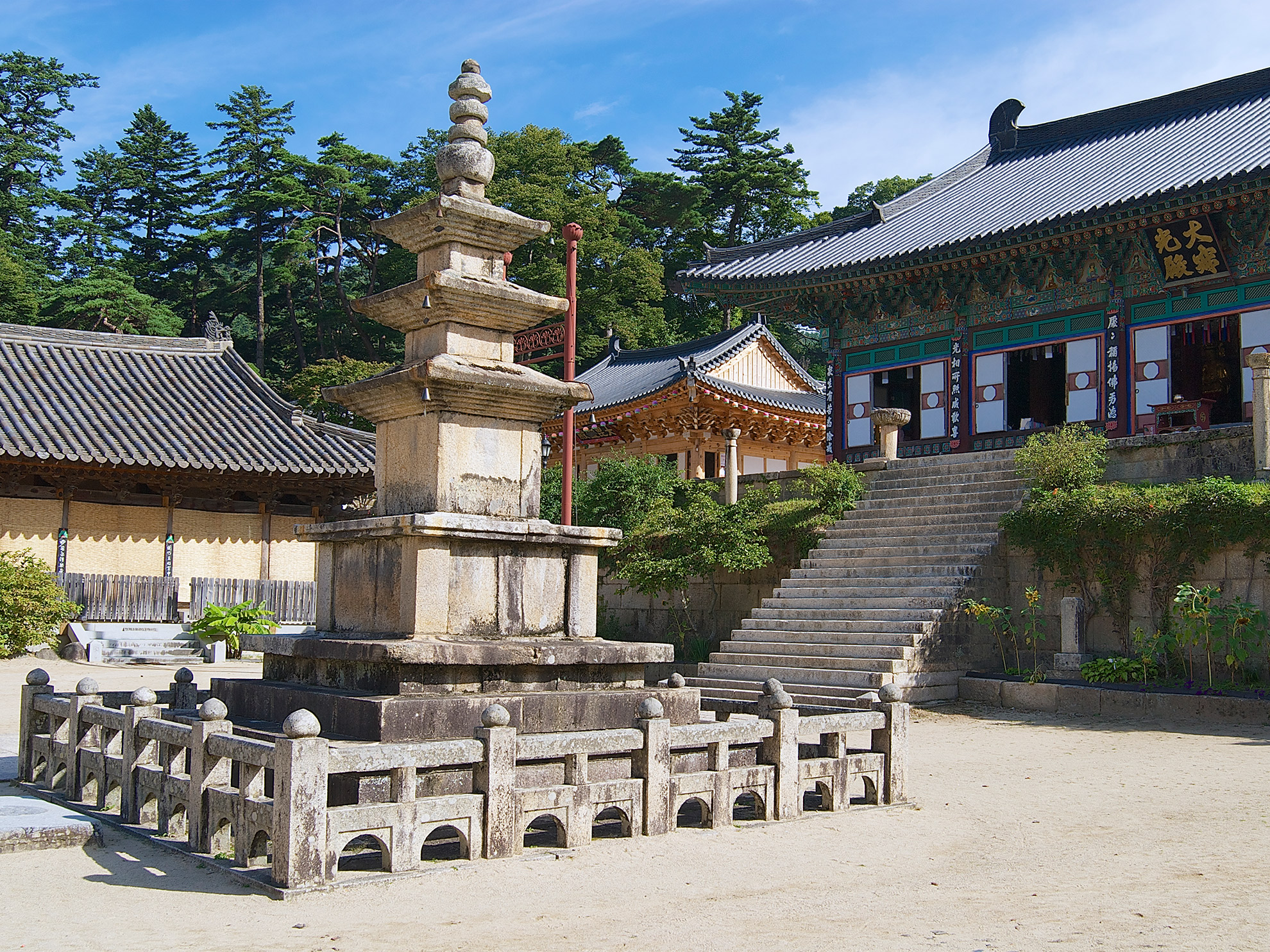
Haeinsa Temple Korea WorldStrides
Located in the picturesque province of Gyeongsangnam-do, this ancient temple is widely regarded as one of the country's three jewel temples, along with Bulguksa and Songgwangsa. Dating back to 802 AD, Haeinsa Temple has a long and fascinating history that spans more than a millennium.
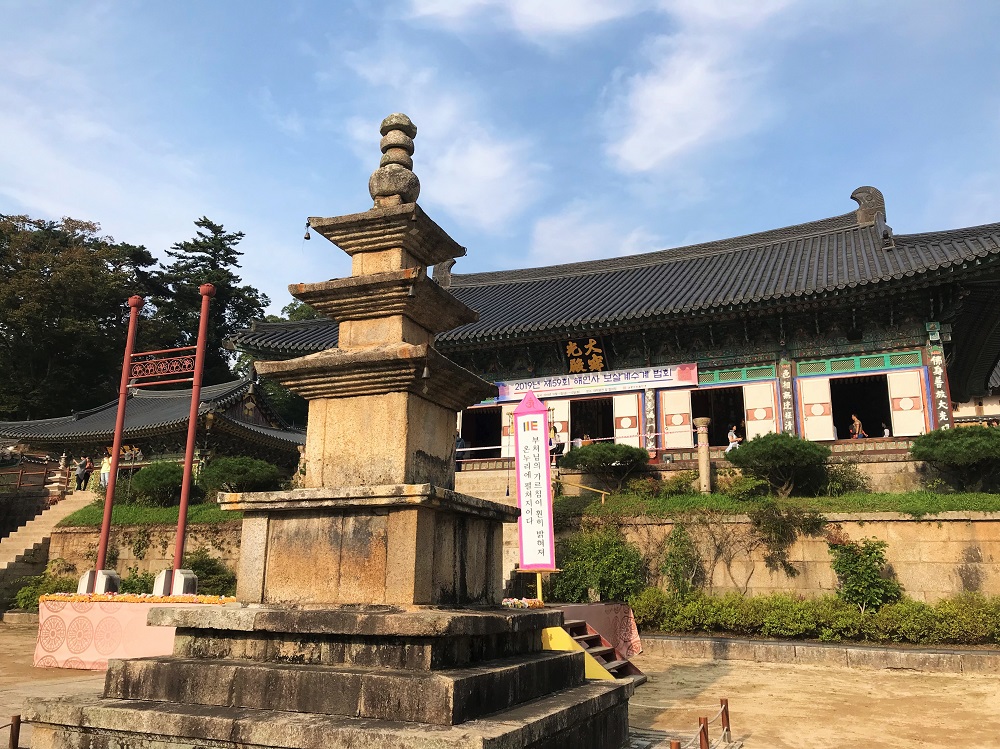
Haeinsa Temple Stay Overnight in a World Heritage Site World
Haeinsa Temple Janggyeong Panjeon, the Depositories for the Tripitaka Koreana Woodblocks, preserves the most complete extant collection of Buddhist texts, laws and treaties.. It is one of the oldest temples in South Korea - more than a thousand year old. So it is a must visit place according to me.